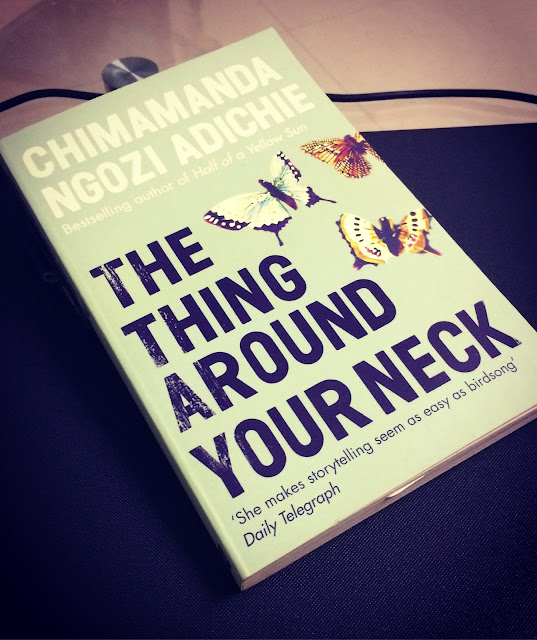The 5 Stages Of The Writing Process
Writing process differs a lot from person to person. It also depends on the nature of the content. What remains constant is the need for effective planning. While the process of penning down my thoughts on my personal blog is fluid, intuitive and spontaneous, professional writing has a different flow.
 |
| Photo by Glenn Carstens-Peters on Unsplash |
Here's my standard process to write an article, blog-post or website content for a client.
Step 1 - Brief
I start by reviewing the brief (if a topic has been assigned). Things that I look for in a brief - what's the search intent, key takeaways for any reader, length, tone, structure type, dos/don'ts, and references. If something is missing, I ask for clarifications or additional details. Asking to share reference articles/content also helps, if a client is very clear about how they want the content to look. Some clients have a very clear visual picture, some want to replicate a publication's tone and style of writing. And, a few allow the freedom to write the way I want. It saves time to know that beforehand.
If I have to come up with a topic or pitch ideas, the brief process starts with asking about the pitching guidelines, or content theme for a particular period/month.
Step 2 - Research
Once the brief is clear, I start researching. For heavy-on-research articles, I spend about 2 days reading what's available on the topic. I use a mix of research sources. I bookmark the links that I don't want to lose, and copy it on the notes/notion app. Copy+paste quotes, important POVs, and statistics with links from interviews, research reports, surveys, articles, social media, and other primary, secondary sources.
If I need to interview someone or contact people for quotes or get someone's response to an allegation, I connect with them at this stage.
Step 3 - Outline
All the notes I make during the research process helps me to prepare an outline. Not too elaborate. Just basic structure - intro, sub-headings, sub-points and conclusion. And how I plan to transition from one sub-heading to another. The outline also mentions confirmed interview and research sources, if any.
If an outline needs approval, I wait for the editor's suggestions. If no approval is needed, I move to the next step.
Step 4 - First Draft
I know the best of writers and the most experienced ones suggest that never edit as you write. And, they are absolutely right. But I'm guilty of doing just that - a habit that I'm trying to change. After staring at the blank screen for eternity, I flesh out the outline. I re-read the approved outline and brief several times while writing the first draft to stay on track. I also maintain a separate guidelines/feedback doc for each client that I refer to as well. If I struggle with introduction, I keep it aside and start fleshing out the subsections. Because when I see the word count climbing up, I feel better.
Step 5 - Revision and Proof-reading
The final step is dedicated to finding errors and inconsistencies. Since I tend to go over the word count, here I remove text, rearrange it, and add new text. The intention is to check if the draft matches the brief and the approved outline. Detachment is necessary while editing. I might like a certain line or paragraph, but if it doesn't add much value to the final outcome or strays away from the intent it needs to be chopped. I also leave room for new statistics, survey findings and research reports. So I squeeze in one last final research.
I have recently started using the 'text to speech' feature (after reading about it on The Whole Works blog) to spot typos, grammatical mistakes, repetitive words, and clunky sentences. It is super helpful!
Once all this is done, I hit the submission button! That's my journey to the first draft! A round of edits is sometimes needed to get the final draft ready. Second draft is a rare instance, unless it is a new project or new content strategy.


Comments
Post a Comment